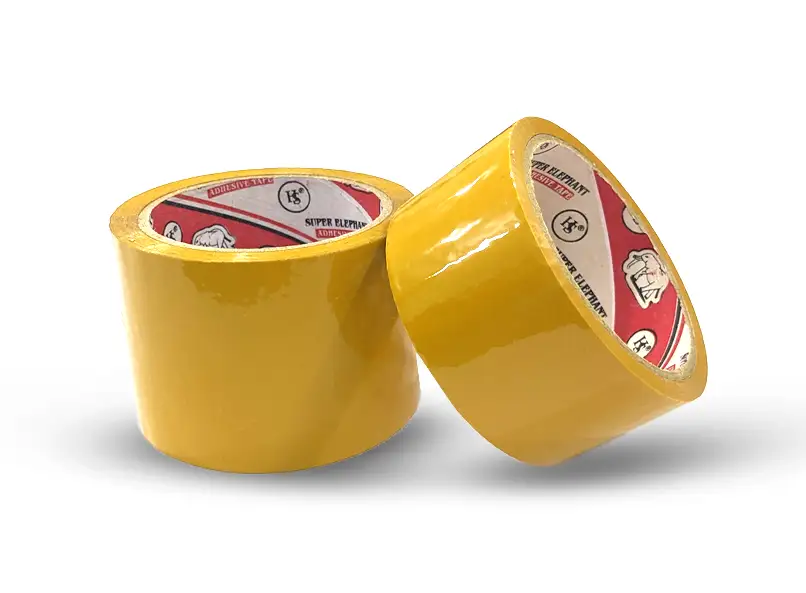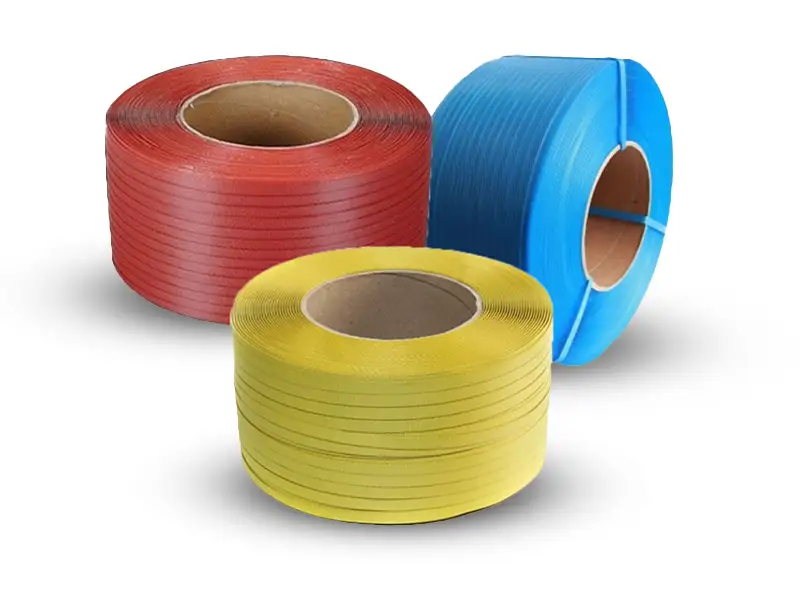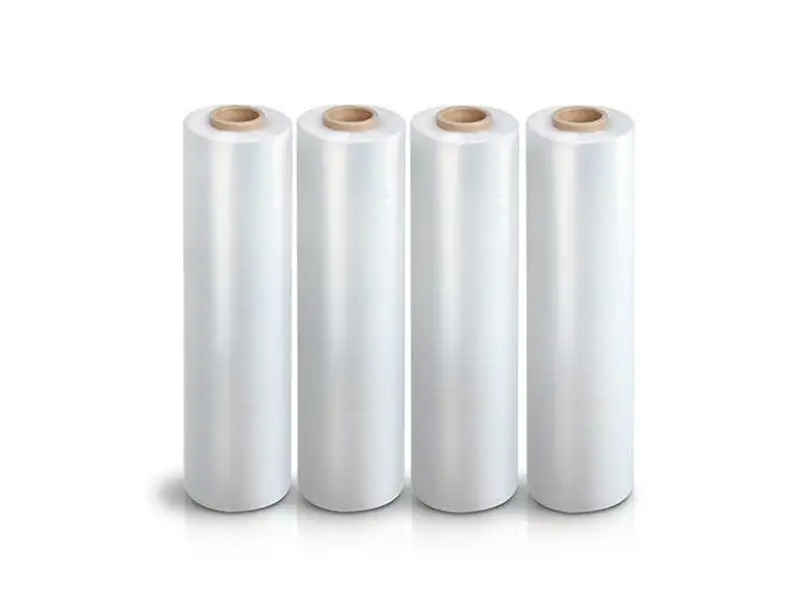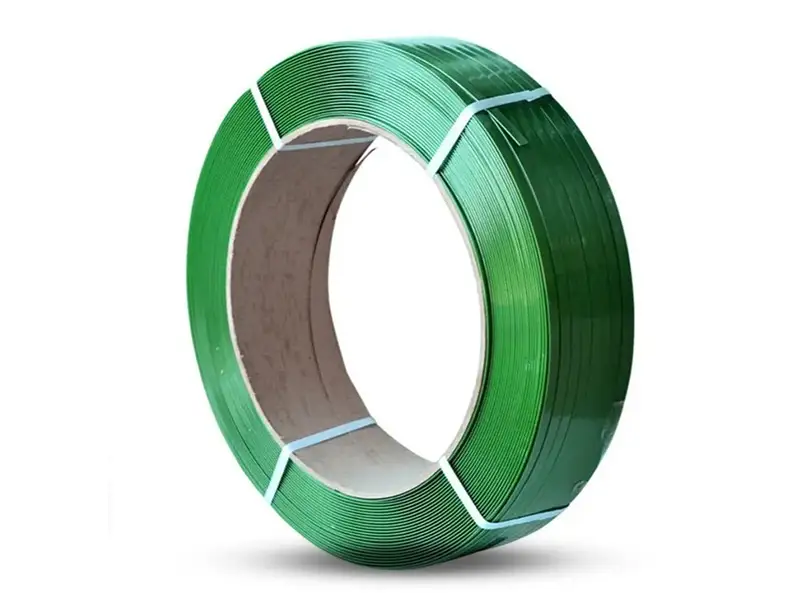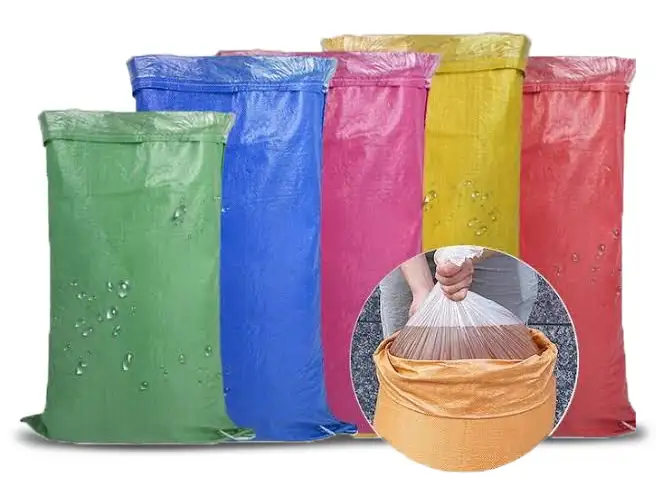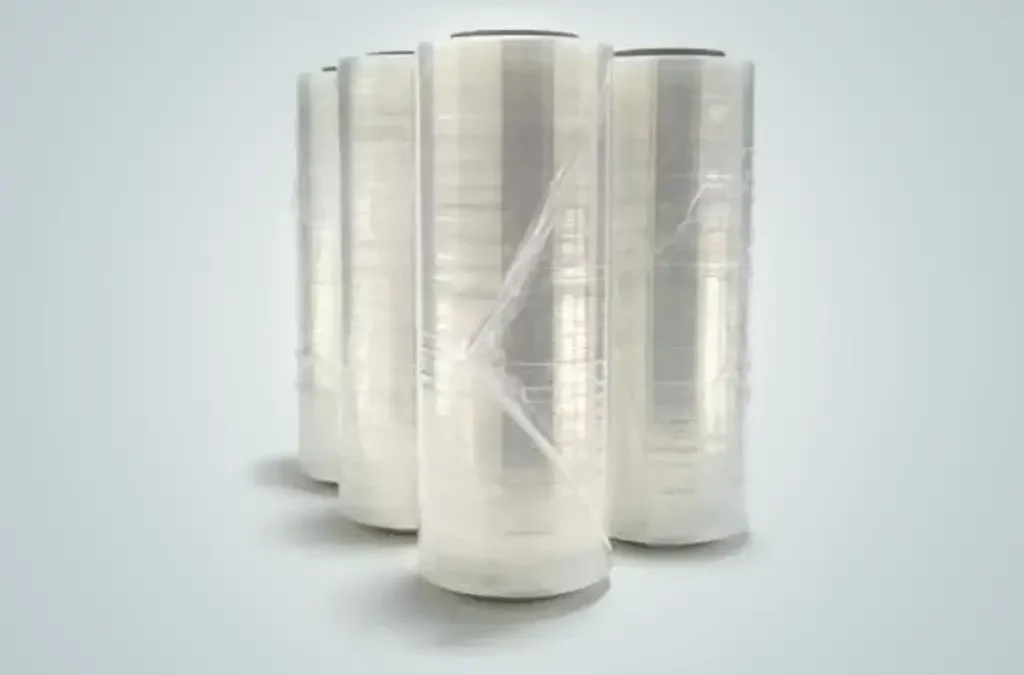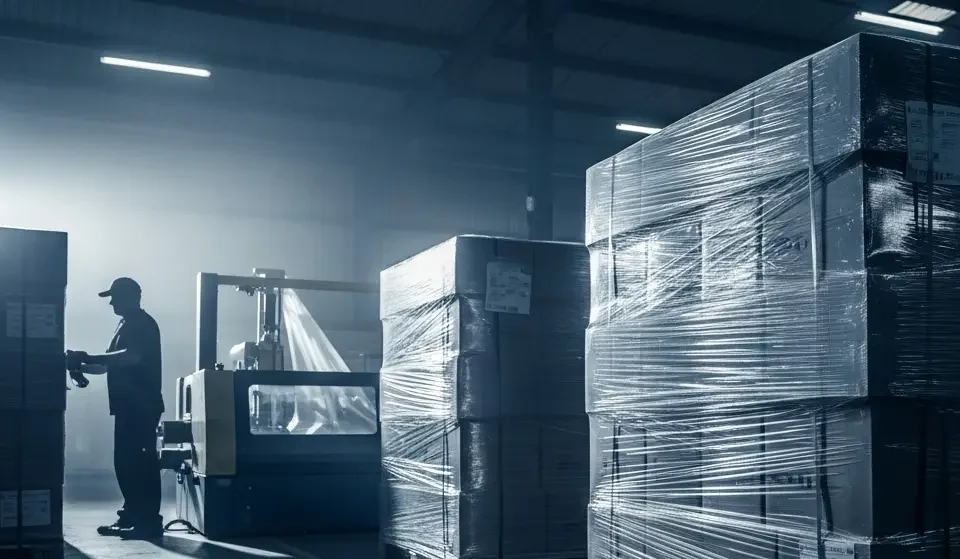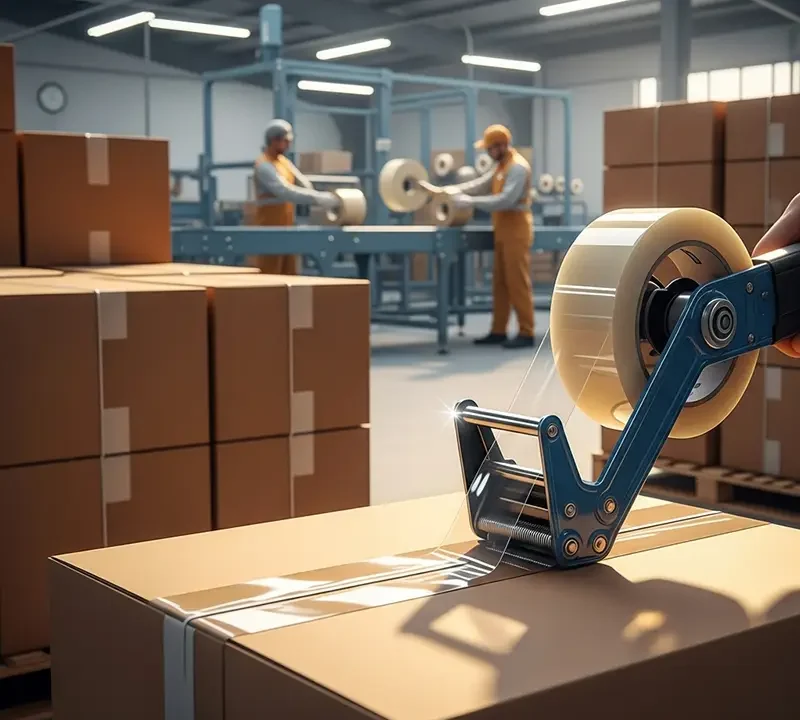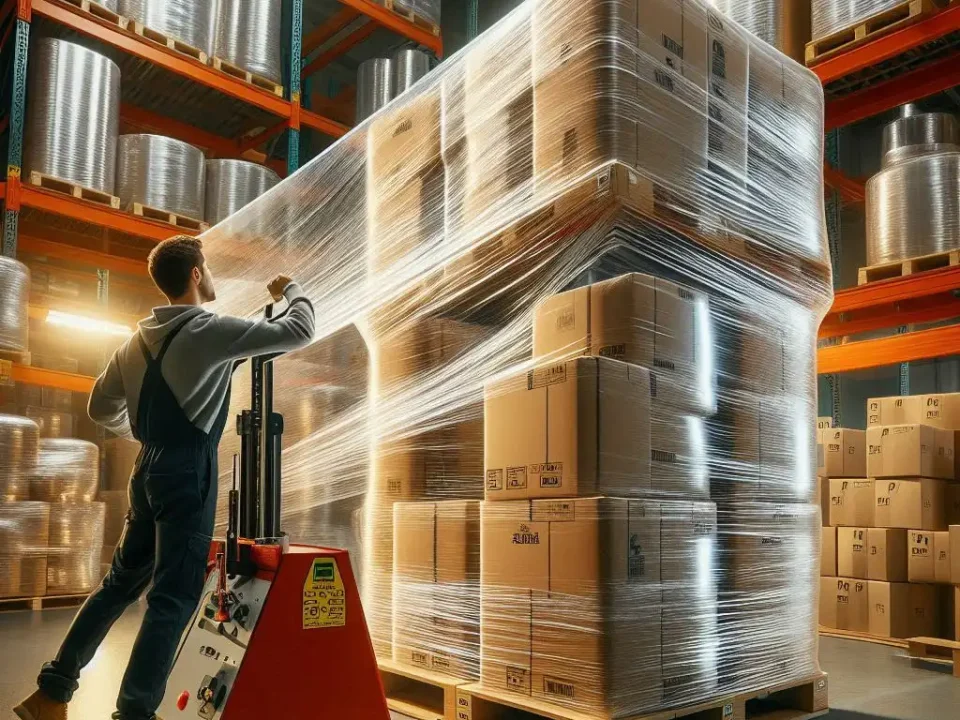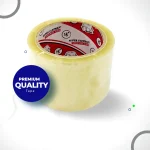
Packaging Game with Hafeez Sons’ Transparent Tape
March 17, 2024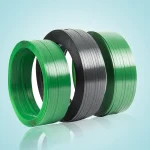
PET Straps: Reliable Packaging Solutions for Every Industry
May 19, 2024Introduction
Stretch wrap is a vital component in the packaging industry, playing a crucial role in securing and protecting goods during transportation and storage. This versatile material offers numerous benefits, including load containment, product protection, and cost-effectiveness. However, one aspect that often goes overlooked is the stretch wrap packing value, which directly impacts the overall performance and efficiency of the packaging process.
What is Stretch Wrap Packing Value?
The stretch wrap packing value, also known as the pre-stretch ratio or stretch ratio, refers to the amount of stretch applied to the film during the wrapping process. It is expressed as a percentage and represents the degree to which the film is elongated before it is applied to the load.
For example, if a stretch wrap film is stretched to twice its original length before wrapping a pallet, the stretch wrap packing value would be 200%. This value plays a crucial role in determining the overall performance and cost-effectiveness of the stretch wrap application.
The Benefits of Optimizing Stretch Wrap Packing Value
- Improved Load Containment: By adjusting the stretch wrap packing value, you can achieve optimal film tension and secure your loads more effectively. This helps prevent product shifting, damage, and potential losses during transportation and handling.
- Enhanced Film Efficiency: Optimizing the stretch wrap packing value can lead to a reduction in the amount of film required to secure a load adequately. This not only saves material costs but also contributes to sustainability efforts by minimizing waste.
- Increased Productivity: When the stretch wrap packing value is optimized, the wrapping process becomes more efficient. Operators can wrap more loads in less time, leading to improved productivity and throughput.
- Reduced Risk of Film Breakage: Proper stretch wrap packing value helps prevent excessive stretching, which can cause the film to break or tear, leading to potential load failures and product damage.
- Cost Savings: By optimizing the stretch wrap packing value, you can reduce film consumption, minimize waste, and increase operational efficiency, resulting in significant cost savings for your business.
Factors Affecting Stretch Wrap Packing Value
Several factors can influence the optimal stretch wrap packing value for your packaging operations:
- Load Characteristics: The size, weight, and shape of the load being wrapped can impact the required stretch wrap packing value. Heavier or irregularly shaped loads may require higher stretch ratios for adequate load containment.
- Film Properties: Different stretch wrap films have varying elongation properties, which can affect the optimal stretch wrap packing value. It is essential to consider the film’s specifications and characteristics when determining the appropriate stretch ratio.
- Environmental Conditions: Temperature, humidity, and other environmental factors can influence the performance of stretch wrap films. Adjusting the stretch wrap packing value may be necessary to compensate for these conditions.
- Wrapping Equipment: The type and condition of the wrapping equipment used can also affect the stretch wrap packing value. Properly maintained and calibrated equipment ensures consistent and accurate stretching of the film.
Determining the Optimal Stretch Wrap Packing Value
To determine the optimal stretch wrap packing value for your packaging operations, it is recommended to conduct trials and testing. This process typically involves:
- Load Stability Testing: Wrap test loads with varying stretch wrap packing values and evaluate their stability during simulated transportation and handling conditions.
- Film Consumption Analysis: Measure the amount of film consumed for each stretch wrap packing value tested to identify the most cost-effective ratio.
- Operational Efficiency Evaluation: Assess the impact of different stretch wrap packing values on wrapping speed, operator productivity, and overall operational efficiency.
- Cost-Benefit Analysis: Consider the cost savings associated with reduced film consumption and increased operational efficiency against any potential investments or adjustments required to implement the optimal stretch wrap packing value.
By carefully evaluating these factors, you can determine the stretch wrap packing value that provides the best balance between load security, film efficiency, and cost-effectiveness for your specific packaging requirements.
FAQs
- What is the typical range for stretch wrap packing value? The stretch wrap packing value typically ranges from 100% to 300%, with values between 150% and 250% being most common for general packaging applications.
- Can a higher stretch wrap packing value always provide better load containment? No, there is a limit to the stretch ratio beyond which the film may become too thin or prone to breakage, compromising load containment. Finding the optimal stretch wrap packing value is crucial.
- How often should the stretch wrap packing value be adjusted? The stretch wrap packing value should be periodically reviewed and adjusted as needed, especially when there are changes in load characteristics, film properties, environmental conditions, or packaging equipment.
- Can the stretch wrap packing value affect the appearance of the wrapped load? Yes, the stretch wrap packing value can influence the appearance of the wrapped load. Higher stretch ratios can result in a tighter, more uniform wrap, while lower ratios may lead to a looser, less aesthetically pleasing appearance.
- Is it possible to apply different stretch wrap packing values for different layers of the wrap? Yes, some wrapping equipment allows for varying stretch wrap packing values for different layers of the wrap, such as a higher ratio for the initial layers and a lower ratio for the final layers.
- How does the stretch wrap packing value impact the sustainability of packaging operations? Optimizing the stretch wrap packing value can reduce film consumption, leading to lower material costs and waste generation, thereby contributing to more sustainable packaging practices.
- Can the stretch wrap packing value affect the puncture resistance of the wrapped load? Yes, higher stretch wrap packing values generally result in a thinner film layer, which can compromise puncture resistance. Finding the right balance between stretch ratio and film thickness is essential for adequate puncture protection.
- Is it necessary to adjust the stretch wrap packing value for different film types or grades? Yes, different film types and grades may have varying elongation properties, necessitating adjustments to the stretch wrap packing value to achieve optimal performance.
- Can the stretch wrap packing value impact the recyclability of the stretch wrap film? In some cases, excessively high stretch ratios can affect the physical properties of the film, potentially impacting its recyclability. It is important to consult with your film supplier regarding recommended stretch wrap packing values for recyclability purposes.
- How can organizations ensure consistent and accurate stretch wrap packing value across multiple packaging lines or facilities? Implementing standardized procedures, regular equipment calibration, and staff training can help maintain consistent stretch wrap packing values across different packaging lines or facilities within an organization.



